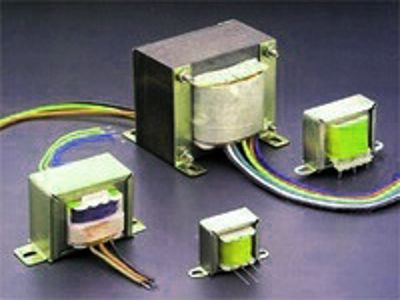Scientists have developed a thin-film resistor with a conductivity that can be controlled by exposing it to hydrogen and an external electrical field. This work can lead to new gas sensors, as well as advanced materials that can react dynamically to environmental changes. Researchers at Osaka University have shown a new strategy to adjust the hydrogen concentration of resistors by adding electrical voltage. The created electrical field has pushed the diffusion of hydrogen ions deeper into the perovskite rare-earth nickel lattice, which has contributed to a tunable “colossal” increase in electrical resistance. This research will lead to new gas sensors and smart electrically switchable materials.
Scientists develop thin-film resistor with conductivity creates a major increase in electrical resistance by applying an electrical voltage.
Computer chips rely on the careful regulation of electrical signals by means of semiconductors. Conventionally, the conductivity of silicon chips is modified by deliberately “doping” them with impurity ions. However, this procedure is usually performed once at the warehouse and can’t be modified later. Thus, the ability to dynamically control the doping of materials will pave the door for new switches and potentially even whole new forms of computer circuits.

Scientists at Osaka University have now developed thin films of neodymium nickel oxide (NdNiO3) with an electrical resistance that can drastically alter by regulating the distribution of hydrogen ions (protons) in the film. Hydrogen was applied in a procedure called “gas-phase annealing” in which the thin film, which has a perovskite crystal structure, was subjected to hydrogen gas in the presence of an electrical field that induced the creation of hydrogen protons. This reaction was intensified by platinum electrodes, which serve as catalysts.
The rise in the annealing temperature allowed further protons to scatter to the film. At room temperature, the film resistance doubled from the original amount but jumped by a factor of 30 at 200°C. “We call such a large increase in resistance ‘colossal,’ because it is easily detected in electronic devices,” explains Umar Sidik, the first author. In this way, the combination of an electrical field and gas-phase annealing at the desired temperature has been shown to enable the regulation of the diffusion doping, which has led to enormous electrically tunable resistive devices. The crystal structures have been confirmed by X-ray diffraction and optical microscopy. The transition was visible as the hydrogen-doped area became optically translucent.
“In addition to the large resistance modulation, ion doping also has potential to reversibly change the structural and electronic properties of correlated materials via an electric field by manipulating the ion diffusion process into or out of a material,” says senior author Azusa N. Hattori. In particular, this can lead to the full spectrum of “iontronic” devices that depend on ion motion within a solid lattice to operate.














